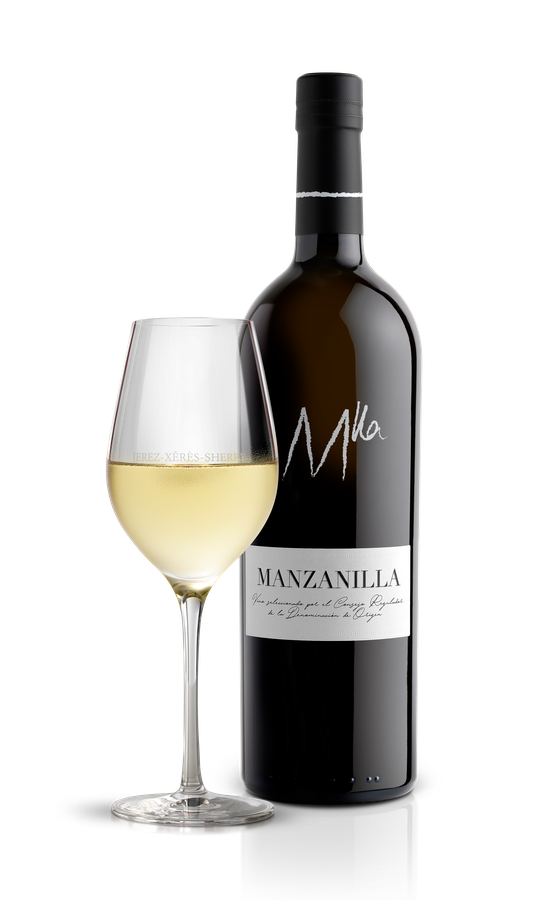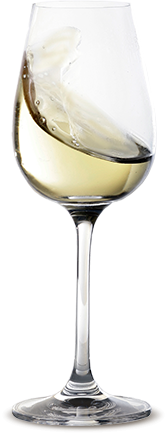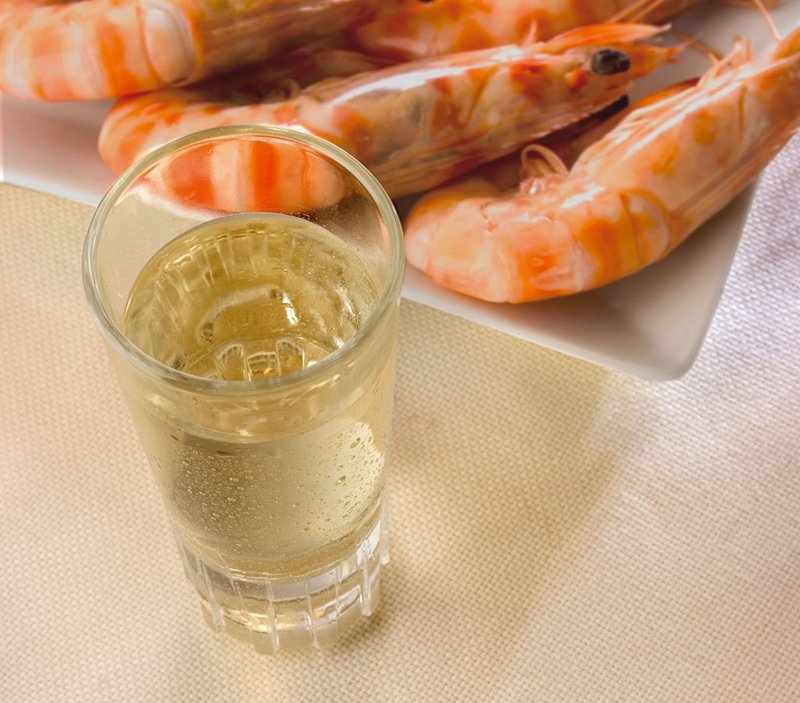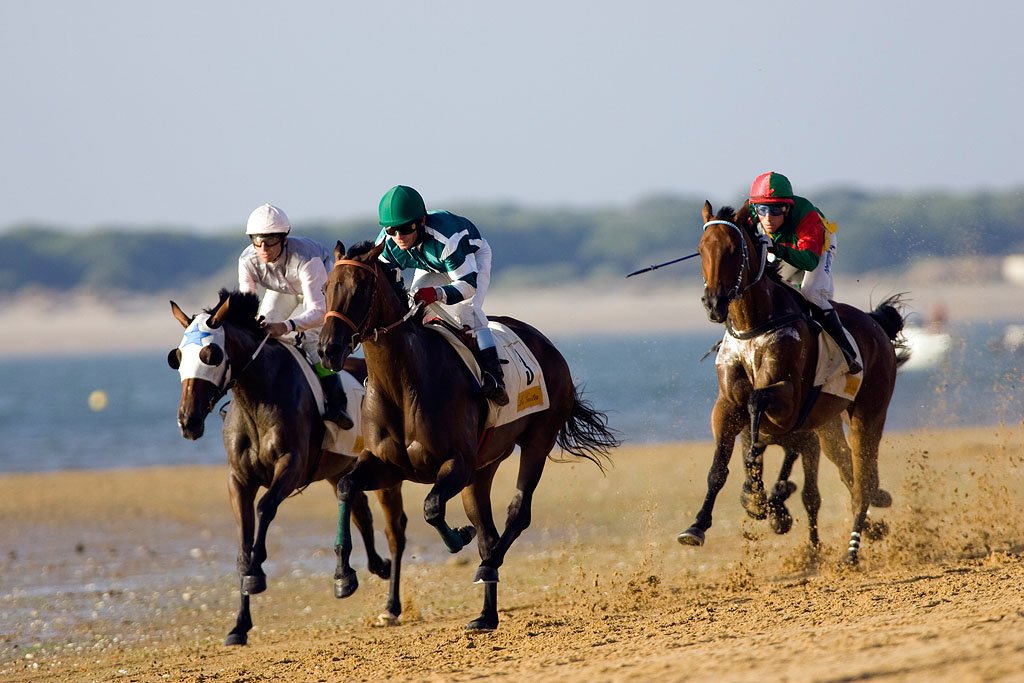
Dry Sherry Wine
Manzanilla is a dry white wine made from palomino grapes and aged under a layer of yeasts know as veil de flor. It is produced exclusively in the bodegas of Sanlúcar de Barrameda. The special climatic conditions of the town, situated at the mouth of the river Guadalquivar, favour the formation of a special kind of veil of flor which gives the wine its uniquely distinctive characteristics.
A very bright, pale straw coloured wine. A sharp, delicate bouquet with predominant floral aromas reminiscent of chamomile, almonds and dough. Dry, fresh and delicate on the palate, light and smooth in spite of a dry finish. Light acidity produces a pleasant sensation of freshness and a lingering, slightly bitter aftertaste.
Occasionally, Manzanilla wines are subjected to unusually long ageing periods, in which the flor is slightly weakened, causing a small level of oxidation and greater complexity which are known as "Manzanilla Pasada". These are wines with more structure, but with all the sharp and intense character that supports the biological ageing.

These wines are obtained from palomino grape must, produce of low pressure, non-aggressive pressing and a complete fermentation process. The consequent fortification to 15% by volume facilitates biological ageing, a process which must be carried out in its entirety in bodegas located in Sanlúcar de Barrameda.
The unique micro-climatic conditions of the town, sitting as it does at the mouth of the River Guadalquivir, facilitate the growth of a film of yeast (flor) with very special characteristics. As a consequence, biologically aged wines produced in Sanlúcar have special organoleptic characteristics which differentiate them from those of the rest of the Region. On occasion, Manzanilla wines are submitted to exceptionally prolonged ageing periods during which the film of flor begins to weaken, permitting a slight degree of oxidation and thus producing the "Manzanillas Pasadas".
Manzanilla combines perfectly with fish and seafood, as well as with salted fish and cured meats.
Thanks to its low acidity, it is, together with Fino, the perfect choice to accompany salads, cold soups and dressings.
Use an ice bucket with both ice and water to serve chilled between 6 & 8º C.
Perfect with fish, seafood and all styles of food from the sea.
In traditional wide rimmed catavinos or in a white wine glass.

The name Manzanilla is inseparably linked to that of Sanlucar de Barrameda, the coastal town sitting at the mouth of the Guadalquivir River which forms one of the vertexes of the Sherry triangle. It is only possible to age this unique wine in bodegas situated in this beautiful town, which is why Manzanilla has the privilege of being a Denomination of Origin in its own right.
The D.O. "Manzanilla - Sanlúcar de Barrameda" is geographically located within the D.O. "Jerez-Xérès-Sherry" and shares with it both the Production Zone and the protection of the same Consejo Regulador. Both the grapes and production techniques employed are the same as those used for sherry.
There is, however, an aspect which confers an exclusive identity upon these wines: they are aged under a layer of living yeast known in Spanish as "flor" in the special microclimate of Sanlúcar. Three main features make the climate in Sanlúcar so special, in addition to the fact that the town itself is built on two terraces at different levels: one at sea level (the Barrio Bajo or low quarter) and the other a few metres higher (the Barrio Alto or high quarter).


These three features are: the River Guadalquivir which marks a natural boundary to the north of Sanlúcar; the Atlantic Ocean into which the river flows and which borders the town to the west; and the Marisma, the extensive stretch of wetland on the former river delta which is completely flat. These three features generate milder temperatures and higher levels of relative humidity than those prevailing in the rest of the Jerez Region: a humidity which is carried in on the sea-breeze, a westerly wind that is detained when it strikes the natural barrier formed by the Barrio Alto, depositing its moist air upon the urban centre of the town.
The combination of all these circumstances fosters the growth of the flor, the characteristic film of yeast that is peculiar to Sanlúcar and endows those wines biologically aged in its bodegas with special organoleptic characteristics.
According to the length of the ageing period, Manzanillas which were originally "fina" may show slight signs of oxidation as the film of yeast, after long years of ageing, begins to lose strength in the oldest criaderas (or "classes" as they are known in the vernacular of Sanlúcar): a circumstance which gives rise to a very special wine which shares characteristics of both a Fino, Manzanilla and an Amontilado, known as "Manzanilla Pasada".